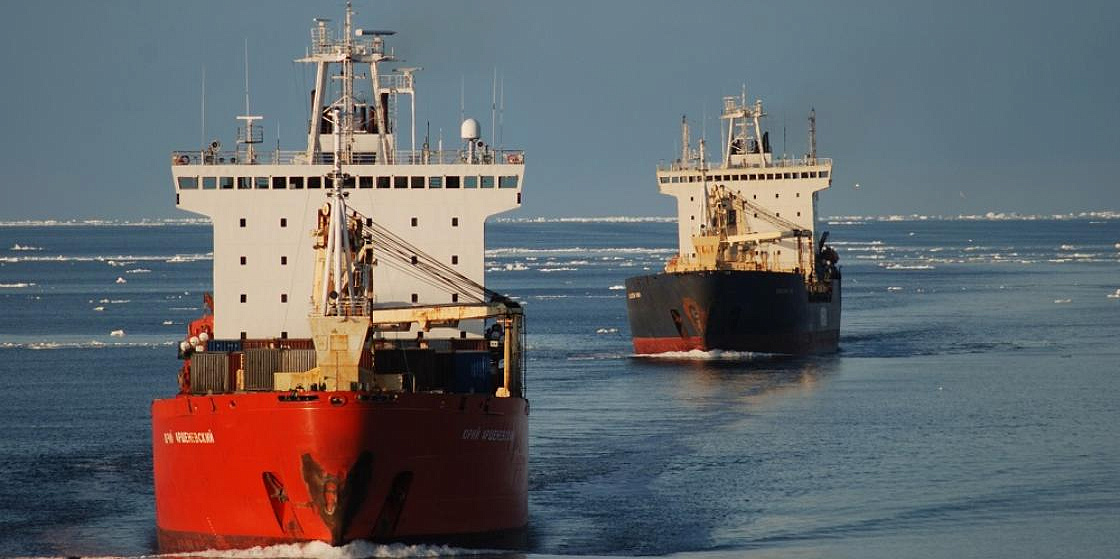
Photo: Nikitin Yaroslav/GeoPhoto.ru
Hydrogen Energy Facility and Polar Shipbuilding
Hydrogen Energy Facility
For years, the Russian Arctic has been a reliable source of fuels such as coal, oil and gas for the world market. It is believed to be able to retain an important role in the energy sector even as the latter grows less carbon-intensive.
The Kola Nuclear Power Plant (Murmansk Region, Russia) located in high latitudes was reported to host a new test facility for hydrogen production and treatment. The power plant was selected as a pilot site by Rosatom, its owner and operator, for a number of reasons, including an excess production of electricity and its low cost, as well as the fact that the power plant has already been producing a limited amount of hydrogen for its own needs.
The Kola NPP’s management pledged to launch an electrolysis unit with an output of 1 megawatt by 2023, which is expected to be further upgraded to 10 megawatts. If successful, the technologies, best practices and know-how tested in the facility under this project will serve as model throughout this country’s energy sector.
Polar Shipbuilding
The Krylov State Research Center, a shipbuilding research and development institute headquartered in St. Petersburg, kicked off the design of the electric propulsion system with a capacity of 120 megawatts for the new Leader-class Russian nuclear-powered icebreaker. The icebreakers, the first of which is to be built at the Zvezda Shipyard by 2030, are expected to be the world’s most powerful ones and have the ability to break up to 4-meter-thick ice. Leader-class icebreakers will make the Northern Sea Route passable all year round, Rosatom says.
The Russia’s Maritime Rescue Service has commissioned the construction of a new rescue and salvage ship fitted with a propulsion engine of at least 18 megawatts. The vessel will be deployed in the Arctic at the Northern Sea Route.
For years, the Russian Arctic has been a reliable source of fuels such as coal, oil and gas for the world market. It is believed to be able to retain an important role in the energy sector even as the latter grows less carbon-intensive.
The Kola Nuclear Power Plant (Murmansk Region, Russia) located in high latitudes was reported to host a new test facility for hydrogen production and treatment. The power plant was selected as a pilot site by Rosatom, its owner and operator, for a number of reasons, including an excess production of electricity and its low cost, as well as the fact that the power plant has already been producing a limited amount of hydrogen for its own needs.
The Kola NPP’s management pledged to launch an electrolysis unit with an output of 1 megawatt by 2023, which is expected to be further upgraded to 10 megawatts. If successful, the technologies, best practices and know-how tested in the facility under this project will serve as model throughout this country’s energy sector.
Polar Shipbuilding
The Krylov State Research Center, a shipbuilding research and development institute headquartered in St. Petersburg, kicked off the design of the electric propulsion system with a capacity of 120 megawatts for the new Leader-class Russian nuclear-powered icebreaker. The icebreakers, the first of which is to be built at the Zvezda Shipyard by 2030, are expected to be the world’s most powerful ones and have the ability to break up to 4-meter-thick ice. Leader-class icebreakers will make the Northern Sea Route passable all year round, Rosatom says.
The Russia’s Maritime Rescue Service has commissioned the construction of a new rescue and salvage ship fitted with a propulsion engine of at least 18 megawatts. The vessel will be deployed in the Arctic at the Northern Sea Route.
21 June 2021




